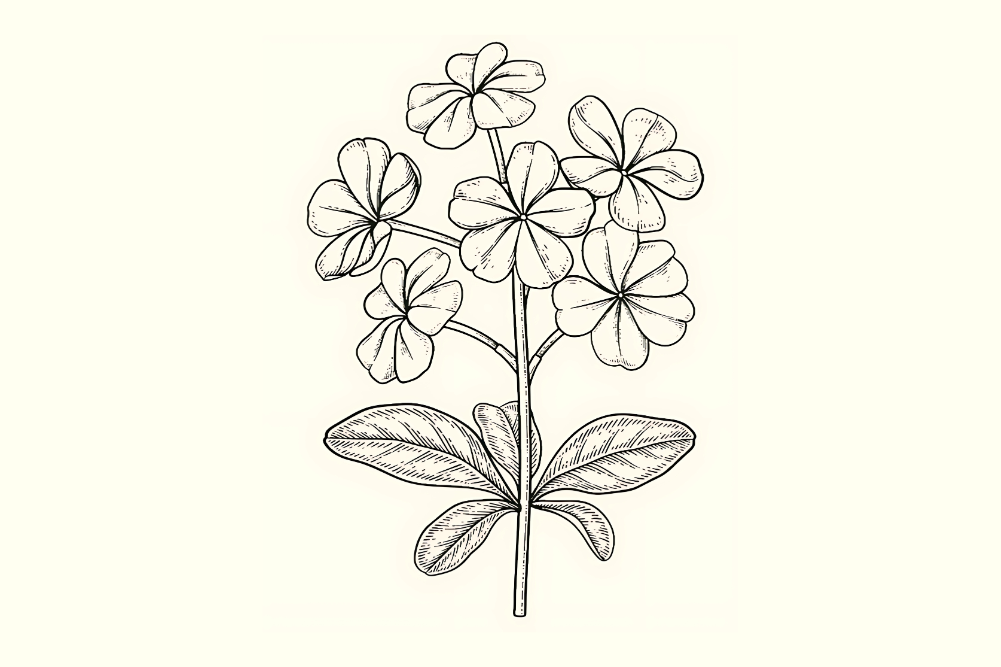Small changes making a difference, squirrel personalities and more in the latest environmental news
Welcome to Green Beat, where we explore all the green ideas, solutions and environmental news currently making headlines. In this issue of Green Beat, we take a look at how your small changes can make a big difference and meet some big squirrel personalities.
Small diet changes make big difference
Making lifestyle changes to reduce climate change can be daunting just because it can be hard to see the difference your changes will make. Now new research from the University of Michigan has shown that small changes to your diet can dramatically impact the planet. The study evaluated more than 5800 foods and ranked them for their impact on the environment. Factors taken into account were the life-cycle impact of foods (production, processing, manufacturing, preparation, consumption/cooking and waste), water use and fine particulate matter formation. The results showed that substituting just 10 per cent of your daily kilojoules that come from beef and processed meats with a mix of fruit, vegetables, nuts, legumes and certain seafood will reduce your carbon footprint by a massive 33 per cent. Importantly, field-grown fruit and veg are environmentally better than their greenhouse-grown counterparts. It is proof that small, targeted dietary changes make a real difference.
Source: Nature Food
Shapeshifting animals
Animals are adapting to climate change and significant physical changes are happening among the planet’s fauna. Several species of Australian parrot have shown an increase in bill size of between 4 and 10 per cent since 1871 and this has been linked to the summer temperature each year. In North America the small sparrow songbird the dark-eyed junco has also shown a link between beak size and temperature extremes. In mammals there have been changes reported, including tail length increases in wood mice and tail and leg size increases in masked shrews. So far the size changes are less than 10 per cent, but predicted changes may be more dramatic and more noticeable. For instance, elephant ears may be much bigger very soon. This shapeshifting does not mean animals are coping with climate change; it does mean they are changing to survive it, for now, but we don’t know the ecological consequences of those survival adaptations.
Green Beat Source: Trends in Ecology & Evolution
Squirrels with personality
It is tempting to ascribe human qualities to animals, but there is debate as to whether this is a valid thing to do. Now a new study shows that golden-mantled ground squirrels do have personalities. Researchers have been studying these squirrels in the Rocky Mountains for decades. Using a range of observations and tests they have found that the squirrels show differences in four personality traits: boldness, aggression, activity level and sociability. Bolder squirrels have larger territories and tend to move faster. These risk-taking squirrels are also more aggressive and tend to have better access to perches such as rocks. Individuals who were more social also tended to have access to more perches, giving greater opportunity to survey the surroundings and detect predators. So squirrels definitely have unique personalities and that personality (or should it be squirrality?) influences their chance of survival.
Green Beat Source: Animal Behaviour
Floorboard power
Swiss researchers have found a way of tapping into an energy source that is literally beneath our feet: wooden floorboards. The new work has found a way to harness the energy generated when a walking foot lands on a floorboard. The challenge in this work is that wood has no innate capacity to transfer electrons. To overcome this the researchers coated one piece of wood with a silicone that gains electrons while embedding nanocrystals in another piece of wood. By sandwiching these two pieces of wood between electrodes the wood becomes electrically charged through periodic contacts and separations when being stepped on. The researchers found that the best wood type of those they tested was spruce and that these floorboards in a home could generate enough electricity to run LED lightbulbs and small electronic devices. As well as being cheap and sustainable, the modified floorboards are robust and have a warm colour that makes them suited to interior design.
Green Beat Source: Matter








